In our attempt to make sure we didn’t do anything too romantic on Saturday, we stayed in and watched an archaeology documentary on the telly. Or, at least, it said it was an archaeology documentary. It quickly veered off towards pseudoarchaeology, and stayed there.
The documentary in question was The Quest For The Lost Ark by Tudor Parfitt – a repeat, although neither of us had previously caught it. The titular ark in question was the Mosaic Ark Of The Covenant, as described in the Bible: built according to God’s instructions while the Jews were wandering lost in the desert, then later installed in the inner sanctum of Solomon’s Temple. It went missing, though; Jerusalem was sacked, the Temple was destroyed, and nobody knows where the Ark now is* – or, indeed, if it survived at all.
Professor Parfitt’s theory was, essentially, that the Ark of the Covenant can’t have been the chest described, in remarkably detailed fashion,** in the Bible. This is because he has found its descendant: an African war drum, currently in storage in an Harare museum. This drum and the Ark were both used something like a military standard was in later times, borne at the head of armies; except that unlike a standard, both the artifacts had unearthly powers. It was the Ark, for example, which brought down God’s destruction of the walls of Jericho, after it had been paraded around the city.
Some backtracking might be needed here, to explain the professor’s argument. This wasn’t any random African war drum. Rather, it belonged to a tribe called the Lemba, who, despite living in Zimbabwe, maintain that they are a lost tribe of Israel, having been led south by seven priests, back in the mists of time. They do, indeed, have religious practices that are similar to Judaism in some ways; more to the point, study of their Y-chromosome has apparently found that a large number of men from their priestly clan are probably descended from a small group of Kohanim.*** That wouldn’t really be that significant if they were a Semitic people; but, they’re not.
The Lemba’s traditional belief is that, as they were led south by this small group of priests, they took with them a holy war drum. Remade over the years, the descendant of this artefact is the drum now in Harare. It is, indisputably, a drum. So, says Professor Parfitt, if this 14th-century drum is modelled on the Ark of the Covenant, the Ark of the Covenant was a drum, and not the box described in the Bible**** – even if it definitely did exist, as described in the Bible. Hum. I can spot a bit of a logical gap here.
Putting on my archaeological hat,***** there’s nothing at all to say that the Lemba drum in Harare wasn’t inspired, in its use and construction, by the original Ark – or by traditions of the Ark, which is slightly different. That is, of course, if the drum in Harare is the genuine article, evidence for which wasn’t really discussed: Parfitt skipped over that bit in something of a hurry. However, you can’t then justify a logical leap to say that it is modelled directly on the original, so the original can’t be as described. There are sound archaeological reasons why the Ark of the Covenant is unlikely to have looked like the drum Parfitt found in Harare; and, for that matter, why the drum might have become a drum later. I’ll come to that, in the next part of this post.
*Part Two of this post follows, here* »
* although you might know the apocryphal story about the Nazis and an American treasure hunter…
** at least he’s not as bad as those of the von Däniken school – I forget if it was von D himself or an acolyte – who stated baldly that if you build the ark according to the biblical plan, you get a radio receiver with a high-voltage battery. Unsurprisingly, they have not managed to replicate said item.
*** The Jewish priestly clan, if you didn’t know and didn’t want to follow the link.
**** It does get two contradictory descriptions, but in both it’s a reliquary, a chest for relics.
***** It’s a bit dusty, but quite dashing
Keyword noise: Africa, archaeology, ark, Ark Of The Covenant, The Bible, Biblical, Caitlin lectures you, Channel 4, documentary, drum, Egypt, Harare, Israel, Israelites, Jerusalem, Judaism, Lemba, Moses, Old Testament, relic, religion, reliquary, ritual, television, telly, Temple, Torah, Tudor Parfitt, tv, Zimbabwe.
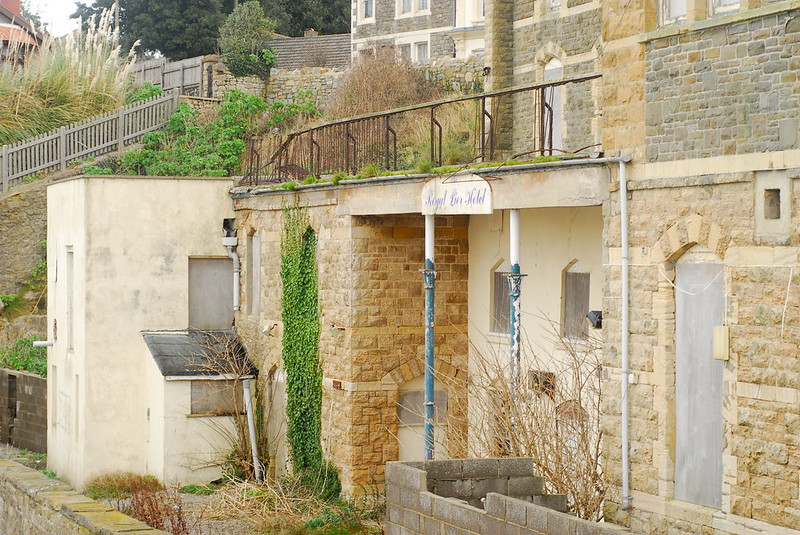
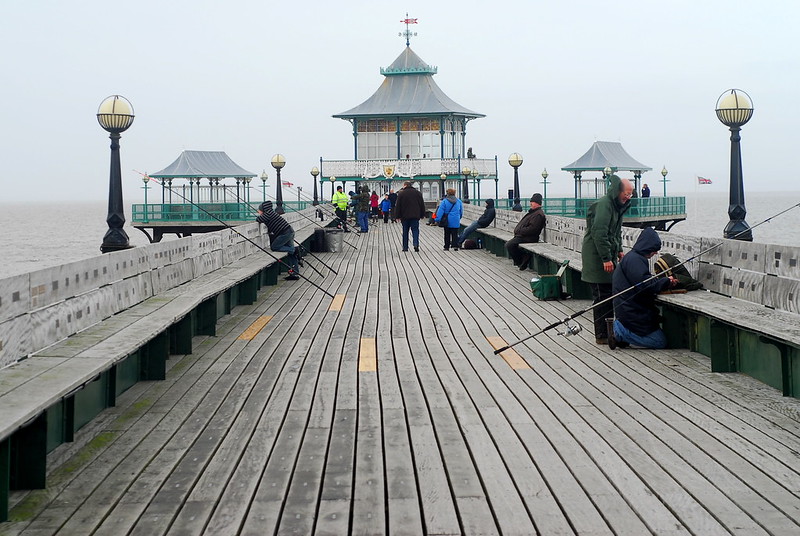
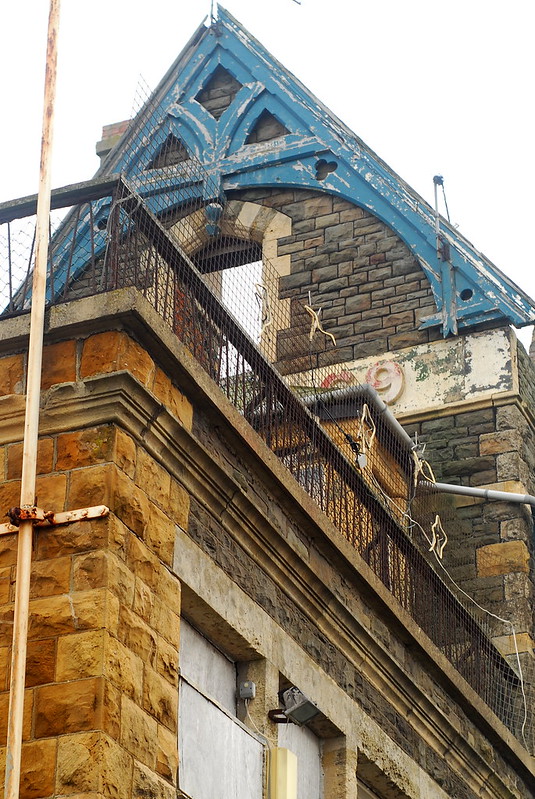


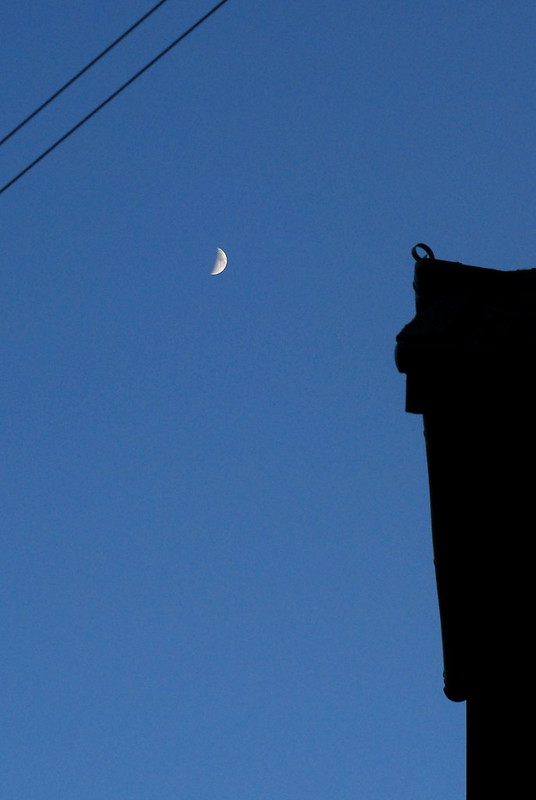

 Home
Home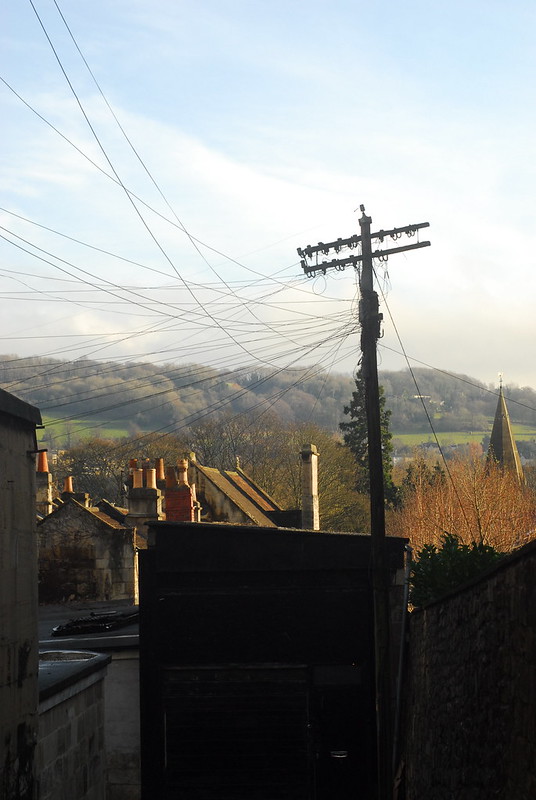
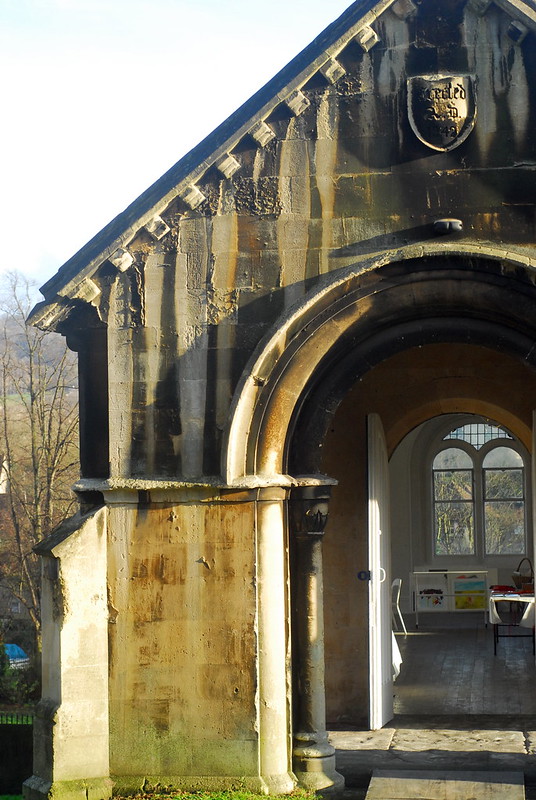
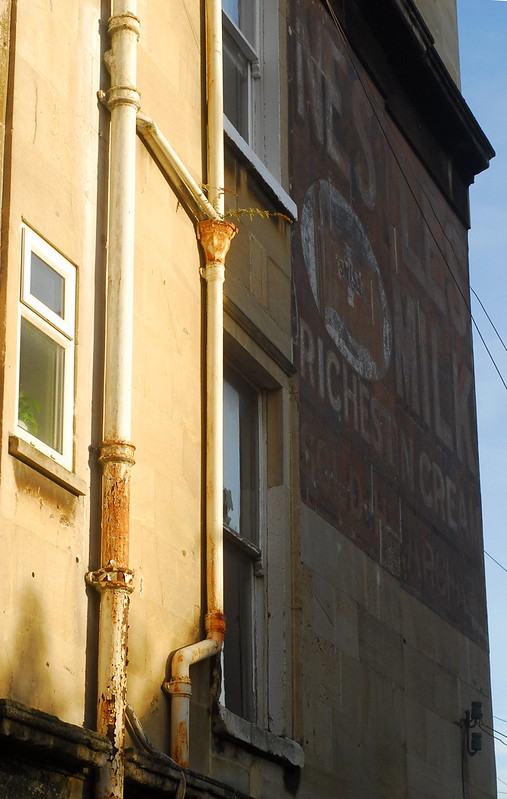

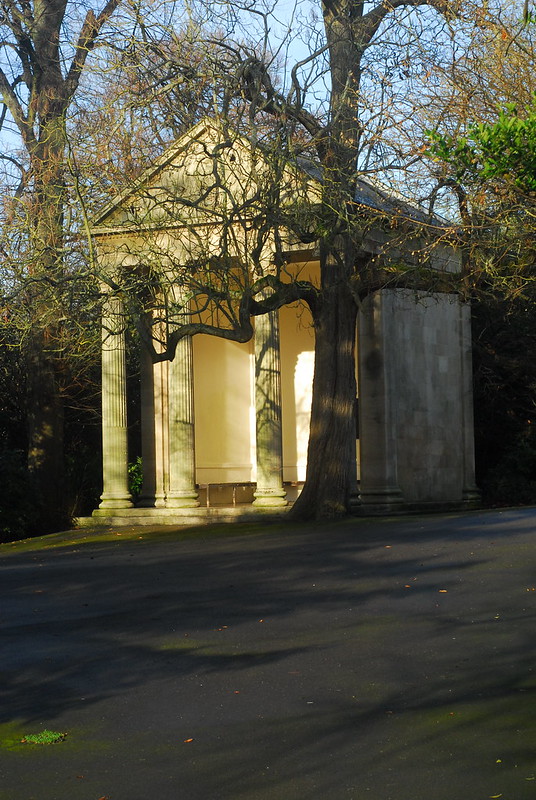

 Newer posts »
Newer posts »